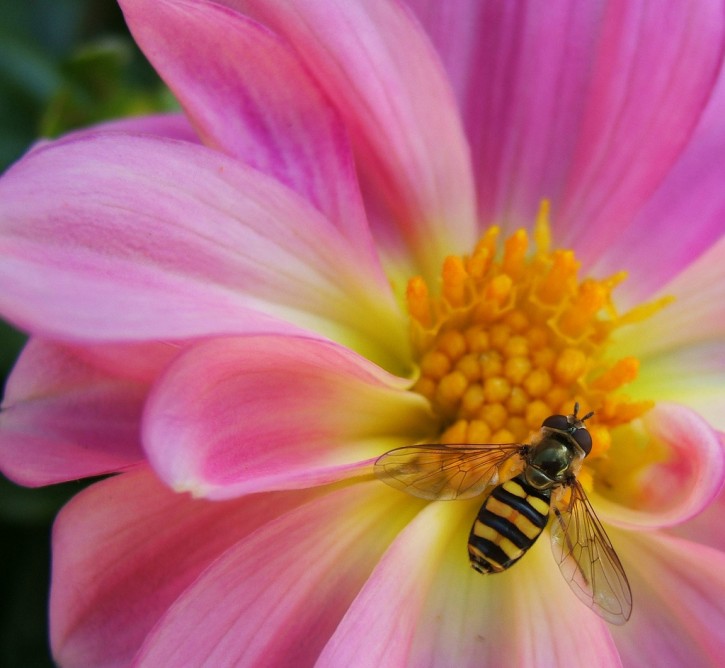If the word sustainable reminds you of brown paper wrappers and clunky design, competitors are leaving you in the dust! They see the advantage of an approach that inspires staff, reduces costs, and increases market share — and are running with it.
Where do these advantages come from?
Almost any designer will do a better job when working for a better customer. There is no better customer than the planet. Your designers will look for ways to use less material, find better suppliers, recycle the package, and make you look good.
Customers (the human variety) look for “tags” that allow them to self identify with the brand or company. Design for the environment connects with a growing demographic similar to organics. A demographic that is quickly expanding to include the rest of the mainstream too.
Cradle to Cradle (C2C), and other sustainability systems thinking approaches, say that waste = food. Waste is lost dollars and risk when waste requires special handling. A designer empowered to find ways to turn waste into useful production materials helps the company’s bottom line and the earth.
Basics of Production: Your Nearest Advantage May Be Behind You
Bad blueprints make bad houses, regardless of vision. Since hindsight is 20/20, why not take advantage of it? If the following ideas sound really familiar (like you’re already doing them) — you are already on the road to making sustainable design part of your business model.
5S
An improvement process involving five steps (Sort, Set in order, Shine, Standardize, and Sustain) to create and maintain a clean, neat, and orderly workplace. Some organizations add a sixth “S” for Safety. Parallel from nature: scavengers covert the waste materials in the blood stream into useful by-products that can be used by another process.
Standard Work & Visual Controls
Standard work represents the best (“least-waste”) way to perform a given operation. Visual controls are used to reinforce standardized procedures and to display the status of an activity so every employee can see it and take appropriate action. Parallel from nature: organisms which use the least materials and energy can survive in environments with a wider range of resources. Visual cues (leaves sprouting, flowers blooming, reflections of fish in water) trigger actions in other systems.
Cellular Manufacturing
Manufacturing work centers (cells) have the total capabilities needed to produce an item or group of similar items. Parallel from nature: all life is divided into cells and work is distributed in parallel between them.
Just in Time (JIT) / Kanban
This scheduling concept requires that any item needed for an operation – whether raw material, finished product, or anything in between – is available precisely when needed. Kanban (signals) are used to control levels of inventory and work in process. Parallel from nature: living systems only use what is present in front of them. Growth and change occur when triggered. Anti-parallel: humans excel at storing materials and energy “for a rainy day”.
Total Productive Maintenance (TPM)
Enlist operators in the design, selection, correction, and maintenance of equipment to ensure that every machine or process can perform its required tasks without interruption. Parallel from nature: cells persist by continually renewing each element, avoiding decay. Most of the cells in your body are replaced within 7 years. This requires both a cell regeneration process as well as a scavenger process. The scavenger process can find unused materials and resources in your organization, improving efficiencies and increasing profitability.
Six Sigma
Six sigma reduces product variation and thereby scrap, yet it is also a design practice that looks carefully at choice of materials, fit between design and customer need, material processing, and how to minimize variation. Parallel from nature: RNA/DNA copying is amazingly precise with a lower error rate than six sigma.
Advanced Lean Enterprise Methods
Pre-Production Planning (3P) — the lean method for product and/or process design. 3P designs and implements production processes, tools, and equipment that support one-piece flow, are designed for ease of manufacturing, and achieve appropriate cost, quality, and lead time. Parallel from nature: natural systems use existing energy flows, combine materials in layers to increase strength, and capture radiation efficiently. A small set of fundamental operations work to create a great variety of living systems.
Portions of this article first appeared in Packaging Design Magazine in December 2007. Bee image courtesy of Flickr CC @Micky.
